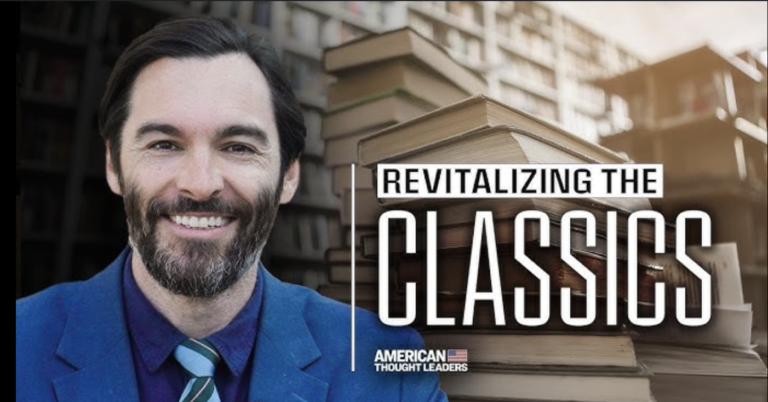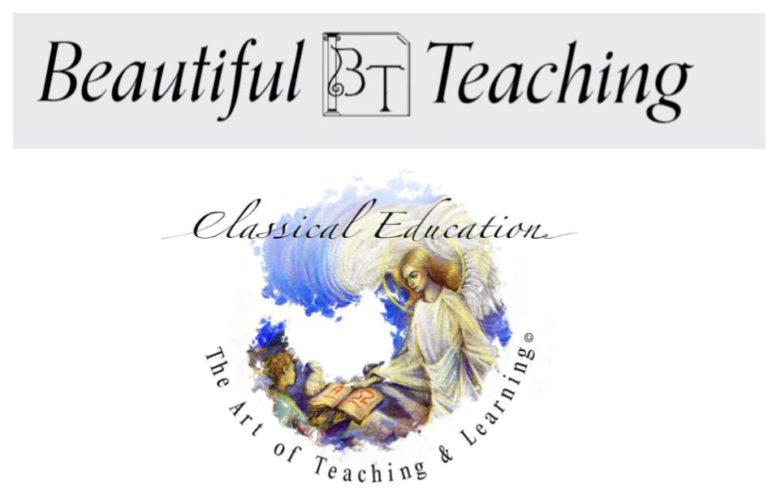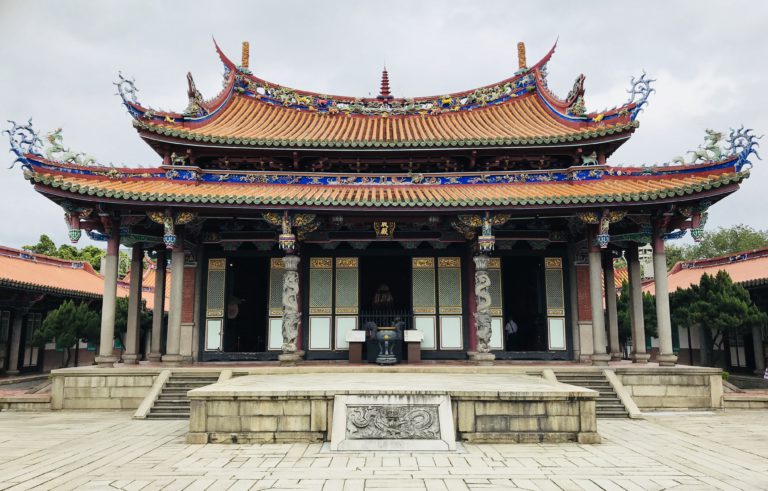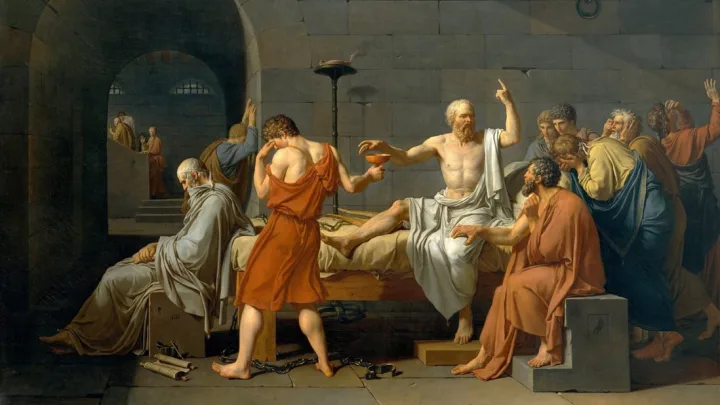- (845) 288-0636
- admissions@northernschoolhouse.org
- 42 Jason Place, Middletown, NY 10940
- Login



The Schoolhouse model uses a unique variety of approaches to accomplish two essential points: 1) sincere student enjoyment and 2) high-level cognitive activities rooted in time-tested methods and materials. Our model, however, relies on something even more fundamental: sustaining a deep culture.
To plant and preserve a warm, positive culture should be every school’s first concern. Of course, some sort of culture will grow regardless; cultures are self-reinforcing, and every culture takes on a life of its own. But what does a deep culture feed upon? How does it sustain? A culture of sophistication, rationality, and creativity requires constant care and intention to keep it from falling into something irrational, shallow, and empty. Rich culture requires a first step: a reason for functioning that builds toward a lofty end goal. The point is whether a school, or any entity, can develop first a compelling and dynamic purpose for existing, a purpose powerful enough to replenish the need for doing meaningful things with our lives.
Within the body of our Schoolhouse culture, character growth acts as our central nervous system, informing all other systems. And since a culture of character building is our main goal, we focus on the process of how students ascend in their conduct and thinking. Growth is our focus, and we summarize student growth in our Character Maps. We formally “map” our students development three times a year, detailing three central aspects: in KNOWLEDGE, GENIUS, & HEART (collectively referred to as the Three Paths of Attention).
1) Knowledge refers to a child’s ability to attend to scholastic work and duty. It manifests in number literacy, word literacy, nature study, and the arts. Think of Knowledge as a students’ ability to complete their schoolwork dutifully.
2) Genius refers to a child’s ability to attend to ideas and experiences in creative ways. It manifests in insight, wonder, finishing power, and delivery. Think of Genius as a students’ ability to think deeply about large ideas, create, and be curious.
3) Heart refers to a child’s ability to attend to their community and the people in it. It manifests in warmth, dignity, honesty, and teamwork. Think of Heart as a student’s ability to be a good person in a fundamental way.
One of the most powerful ways students develop their characters takes place when they view learning as genuinely joyful—in other words, when they stop distinguishing between high-level learning and “fun.” Could anything be better for a school’s culture? Schoolhouse students study grammar and arithmetic and history and logic, and what many of them see at the end of each school day is “a good, fun time.” This speaks volumes to the dedication of our teachers, our learning form, and our point of study. When our children tell their parents, “we had fun today, we played,” I urge them to delve deeper into their child’s learning, using our daily updates as their compass. They’re sure to find that their children are so engaged in learning rich and meaningful things that they view “fun” and “study” as indistinguishable activities.
When students see number exercises, grammar practice, Shakespeare, Bach, public speaking, and logic puzzles as a good time, Northern Schoolhouse sees the value of a proper schooling in action. When sophisticated learning and joy merge together, deep culture has taken root.


What’s our mission at the Schoolhouse? Our main goal is to help students become fearless learners and selfless contributors. We want to aid students in becoming not only undaunted before challenges, but to reinforce a student’s natural instinct to mimic beautiful and sophisticated things in their personal lives. If students are given the proper room to educate their imaginations, to strengthen their hearts’ compasses, and to explore and investigate the mysterious, they will indeed find a deep joy of learning—the end goal of education.
At the Schoolhouse, we work with our students to become self-starters, not passive recipients. We have various ways of initiating this self-starter process, from our Friday Faire workshops and Missions, to vivid storytelling of the classics, to guidance in the arts, to hyper-personalized math and language programs, and, crucially, to constant exposure to the elements of the natural world. Guiding self-starters, however, requires us to help students balance two worlds: 1) the willpower to follow orders and obey diligently (i.e., practice self-restraint), and 2) the willpower to think like an adventurer, independently and creatively. Combined in their hearts, these two worlds make students, and all people, unstoppable.
It’s as Confucius noted over two-thousand years ago in his Analects (13.5):
If a person can recite three hundred poems but is incapable of performing an entrusted official duty and exercising one’s initiative when sent abroad, what good are the many poems to that person?
This is what we mean when we describe our schooling model as teacher-directed, student-engaged. All schools talk about student engagement. But the trick is not conflating the idea of “engaged students” with “discouraged-yet-completed studies.” By “engaged,” we mean “student invested through invitation and opportunity.” “Teacher-directed” and “student-engaged” are two arrows in our single quiver. If students don’t feel inspired, energized, invested, or awakened by their learning—if we have to drag them in their studies—then we are missing the mark.
As noted in another ancient Confucian work, The Book of Rites:
Thus in his teaching, he leads and does not drag; he strengthens and does not discourage; he opens the way but does not conduct to the end without the learner’s own efforts. Leading and not dragging produces harmony. Strengthening and not discouraging makes attainment easy. Opening the way and not conducting to the end makes the learner thoughtful. He who produces such harmony, easy attainment, and thoughtfulness may be pronounced a skillful teacher.
Superficial student-engagement without careful direction toward an excellent end is both pointless and dangerous, as noted again in Confucius’ Analects (2.15):
Learning without thought is pointless. Thought without learning is dangerous.
Our Schoolhouse students offer exceptional examples of children who grow to become more self-restrained and thoughtful, yet also independent, creative, and adventurous. It’s a testament to our families and teachers being all-in on our mission.
Finally, when cultivated carefully, a proper education draws forth a superior person, an idea again outlined in the Confucian tradition:
The way of the superior man is threefold, but I am not equal to it. Virtuous, he is free from anxieties; wise, he is free from perplexities; bold, he is free from fear. (Analects, 14.28)
“Virtuous, wise, and bold”—the characteristics of a superior person are exactly what a superior education should aspire toward.

We have few discipline problems at the Schoolhouse, and virtually no chronic disciplinary issues. First off, our students are blessed to have positive home lives with parents who care deeply about the ethical components of their children’s lives.
Secondly, on the classroom front, we demand that our school environment be one where students become fearless learners who take ownership for their studies. Ownership is the key term, for when students exercise a genuine sentiment for ownership over their studies, the result is an intrinsic motivation for learning. Ownership, as an antidote to disciplinary issues, however, arises from a student’s ability to conduct themselves well when given appropriate freedoms. Ownership cannot be micromanaged or coerced or punished into existence. That said, it can be awakened through the high standards maintained by a careful teacher via viglilance, constant guidance and reminders, and a sheer dedication to the long goal of habit training.
In terms of the relationship between ownership and freedom, I remembered recently a story from one of Plato’s dialogues, Gorgias, where Socrates and a student named Callicles discuss the end goal of freedom.
For Callicles, the highest aim of freedom is the freedom of license, or the freedom to do whatever we want, whenever we want, with as little restraint as possible. We all have desires, he argues, and the best way to find satisfaction is to fulfill those desires immediately. This is not ownership, but selfishness and hedonism.
For Socrates, the highest aim of freedom is the freedom of autonomy, or the freedom of self-control within freedom—in other words ownership and accountability. To understand what Socrates means, we have to look at the origins of the Greek word for “autonomy,” auto-nomos, which translates directly as “self-law.” Auto-nomos does not denote the freedom to do anything we want, like Callicles suggests. What Socrates means by referencing auto-nomos is the capacity to develop personal goals, aspirations, and standards—even those higher than the ones expected by society. It means possessing a law in our hearts through self-monitoring, self-control, self-sufficiency, sacrifice, and decision making.
Another accurate translation of auto-nomos is “self-governance”—or the worthiness of exercising one’s personal judgement and connecting it to universal, or cosmic, laws outside of ourselves. Abiding by the law in our hearts thus means 1) that we choose to connect our behaviors with the universally held ideals of ethics and decency, and 2) that we ourselves follow them strictly. It’s as if a governor or a duke or a king or a queen were residing on the throne in our hearts. Self-governance means using one’s personal freedom to make the best choices possible and to become refined through the power of personal decision making—for the betterment of our entire kingdom, and to keep corruption from setting in. When we as free human beings willingly control our faculties of reason and responsibility, that’s auto-nomos. People worthy of self-governance cannot be enslaved no matter their circumstances, even if born into servitude. People like Callicles, on the other hand, are always slaves to their passions and license, even if born emperors, for they have no autonomy.
Northern Schoolhouse students are learning autonomy, or self-governance, within a firmly set structure—choices within limits—a fundamental expectation at our school.